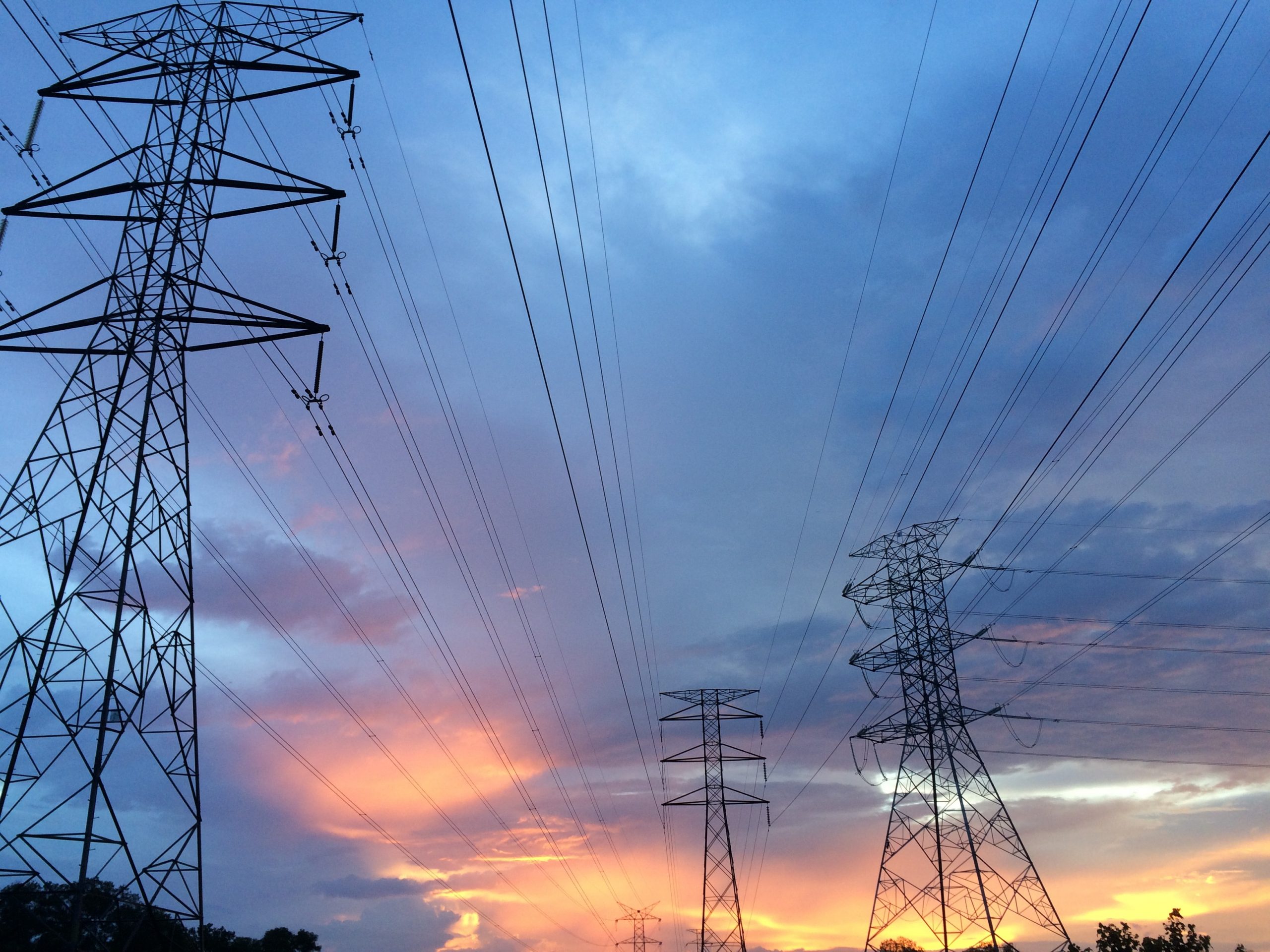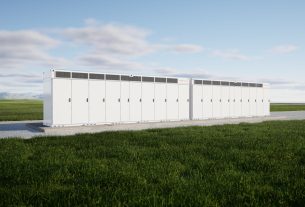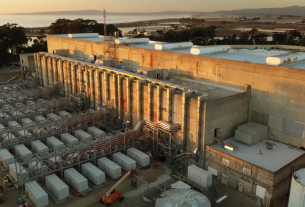The Netherlands – The regional grid operators in the Netherlands are going to investigate how time-based contracts for customers with large-scale battery storage can contribute to a more efficient use of the electricity grid. A number of them have already started.
In doing so, they are anticipating the new Energy Act that is currently in the works. Thanks to this smart solution, the unused space on the electricity network during off-peak moments can be used to connect more entrepreneurs, also in places where the network has reached its maximum capacity. Liander has announced the first pilots in North Holland and Flevoland, Enexis Netbeheer in Drenthe.
The electricity grid forms the basis for the sustainability and economic development of the Netherlands. However, due to the explosive increase in demand for electricity and the rapid rise of solar parks and solar roofs, the grid is reaching its maximum capacity in more and more places. However, this maximum capacity is usually only required at a few moments by the connected businesses. The rest of the time the capacity of the grid is only partially used. Network operators are legally obliged to take into account the maximum capacity that all connected companies can request simultaneously when allocating capacity on the network 24/7. If that limit is reached, the grid operators are obliged to place new requests on a waiting list until the grid has been expanded. Meanwhile, at many times part of the capacity of the electricity grid remains unused.
Unused space of the electricity grid
Customers with large batteries are also required by current laws and regulations to contract capacity on the electricity grid 24/7, for both consumption (charging) and feed-in to the grid (discharging). As more and more large-scale batteries are installed, they now often contribute to reaching the maximum capacity of the grid. While they could actually be one of the solutions to use the grid more efficiently. The new Energy Act creates opportunities to regulate this differently.
Time-based contracts
The grid operators will now investigate how time-based contracts for customers with large-scale battery storage can contribute to a more efficient use of the electricity grid. Within a number of pilots, the grid operators will offer customers with large batteries the opportunity to use the residual space of the grid to charge and discharge their batteries. This means that they will only have access to the electricity grid at times when unused space is available.
Netbeheer Nederland will soon be entering into discussions with the ACM to determine the conditions under which the new types of contract are possible.
Enexis pilots
Enexis Netbeheer is working in a pilot with PowerField, operator of solar parks in Meppel and Emmen. PowerField installs its own batteries at its solar parks to postpone the feed-in of solar power until quieter times when the grid is busy.
Liander pilots
Liander is starting three pilots with batteries in Amsterdam, Alkmaar and Lelystad together with GIGA Storage, developer of large-scale battery systems. In Amsterdam and Alkmaar, the electricity grid has reached the maximum capacity for the supply of electricity. Here, the parties want to use batteries to create additional capacity for the supply of electricity. In Lelystad, the grid has reached the maximum capacity for the supply of wind and solar power. GIGA Storage and Liander want to use the batteries here to create more space for the feed-in of green electricity. The first results are expected in 2023.
Stedin pilots
In its area of operation – particularly in the Randstad, Utrecht and Zeeland – Stedin is seeing a fourfold increase in the number of applications and tenfold the amount of connection capacity to connect batteries to the regional electricity grid. Therefore, Stedin has chosen to only connect battery operators who help avoid congestion problems on the electricity grid. Batteries are an important part of the energy system of the future and can also help solve the congestion problem provided the right conditions are applied. The new battery applications currently demand a lot of spare capacity from the grid, which means that the grid is quickly filled up (congestion). Stedin sees it as its social task to prevent unnecessary congestion and therefore only wants to connect parties who are willing to make these agreements.
Expansions and innovations
The grid operators are investing 30 billion euros in expanding the electricity grid in the Netherlands until 2030. Because expansion is lagging behind rising demand, grid operators are also focusing on various innovations and smart solutions to make better use of the electricity grid, such as using the grid’s hard shoulder to transport wind and solar power and multiple producers on one cable (cable pooling).
With more sustainable and local sources such as wind and sun as a basis, the energy system of the future will be much more decentralized and more weather dependent. Consumers and businesses will therefore have access to energy in a very different way in the future and will have to adjust their energy consumption to times when energy is available and can be transported.




